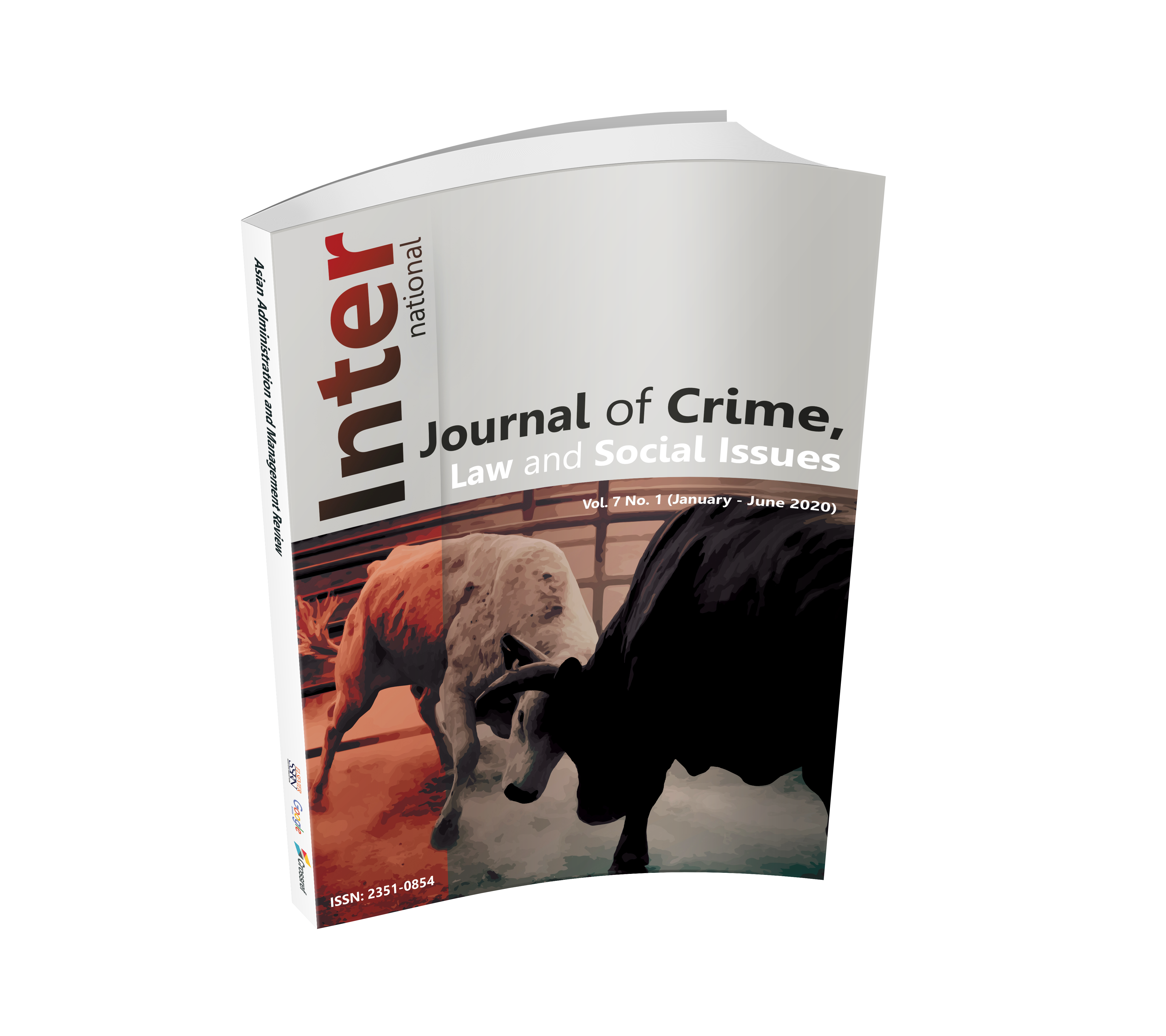The Health Status of the Ageing in Northern Thailand
Keywords:
Health Status, Quality of Life, Ageing, Northern ThailandAbstract
The objectives of this study were to investigate the health status of the ageing by their resident conditions and sex. The purposive sampling was employed to select a group of the 702- ageing aged between 60 and 90 years old using statistical values which were Mean (70.29) and Standard Deviation (7.32). The subjects were 285 men and 417 women. Based on the conditions of residence, 470of them lived with families (Lf) while 232 lived alone (La). The health status was classified based on the aging-questionnaire,2015 by the Ministry of Public Health. Three health conditions indicators namely chronic conditions, health issues and health risk behavior, were investigated. The results of the study found that (1) regarding chronic conditions, hypertension was at the highest rate found, osteoarthritis and diabetes coming respectively in the second and third places (2) Vision loss, dementia, hearing loss and insomnia symptoms were the most common health issues found in aging (3) regarding to health-risk behaviors. The first type was nonparticipation in social activities, second was having no leisure activities and the third was not exercising. The result of this study helps to understand the health status of aging. In order for management planning for health prevention and promotion due the local context for the better health and quality of life of aging.
Downloads











.png)


